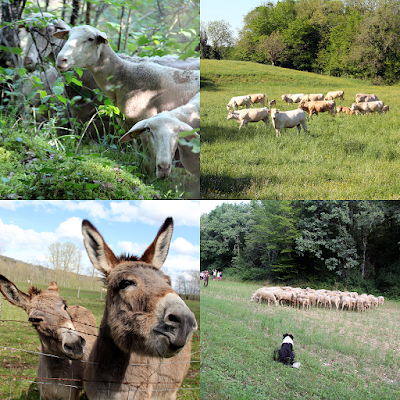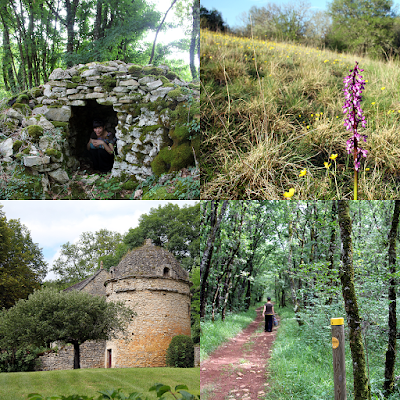 |
| Source of the Coly at the watermill of La Doux. |
 |
| 'Water is life'. |
 |
| 'Water is life'. |
 |
| 'Water is life'. |
 |
| 'Water is life'. |
At La Min-sú de Terrasson, we assist travellers to organise itineraries, offering multi-language guidance to non-driving guests to savour the best of our castle-strewn riverlands and mesmerising prehistoric cave paintings. We offer you access to capture this rich cultural and historical heritage.
Our website: www.laminsudeterrasson.com
 |
| Source of the Coly at the watermill of La Doux. |
 |
| 'Water is life'. |
 |
| 'Water is life'. |
 |
| 'Water is life'. |
 |
| 'Water is life'. |
 |
| Poppies in a field. |
 |
| Map of the Coly watershed with hiking trails. |
 |
| Rich fauna of the varied landscape. |
 |
| Extensive grazing keeps the landscape open. |
 |
| Vernacular heritage dots the landscape. |
 |
| Varied vegetation and small cultural heritage along the hiking trials. |
The posters,bookmarks and leaflets were reprinted, the stickers had a whiff of ‘country’ this year. ‘ Ce qui nous unit tous les cinq n’est...
